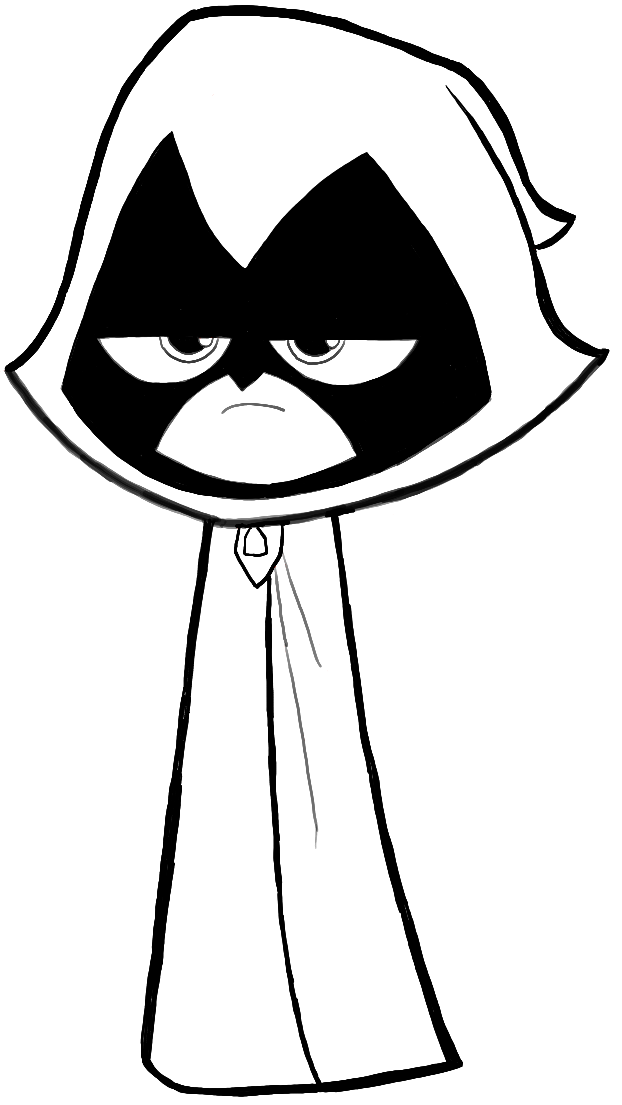How to draw rocks
Table of Contents
Table of Contents
Have you ever wanted to draw rocks but didn’t know where to start? Rocks can be a challenging subject for artists, but with the right techniques and practice, anyone can learn how to draw rocks that look realistic and textured. In this post, we’ll cover the basics of how to draw rocks, including tips, tricks, and personal experiences from professional artists.
The Struggle of Drawing Rocks
When it comes to drawing rocks, many artists struggle to capture the depth and texture of this subject matter. The rough surfaces, sharp edges, and irregular shapes of rocks can be difficult to replicate on paper or canvas. It’s common for beginners to create rocks that look flat, two-dimensional, or cartoonish, rather than realistic.
The Target: How to Draw Rocks
To draw realistic rocks, you need to start with the basics. Most rocks can be broken down into simple shapes, such as circles, squares, and triangles. These shapes can then be refined and textured to resemble different types of rocks, from smooth river rocks to jagged mountain peaks. The key is to observe real rocks and pay attention to their unique characteristics and details.
Summary of Main Points
Overall, if you want to improve your rock-drawing skills, here are some key tips:
- Observe real rocks and study their texture, shape, and color.
- Break rocks down into basic shapes and build up from there.
- Use shading and highlights to create depth and dimension.
- Experiment with different drawing materials, such as pencils, charcoal, and pastels.
Rock-Drawing Experience
As a professional artist, I’ve had plenty of experience drawing rocks in various settings. One of my most memorable experiences was hiking in Yosemite National Park and sketching the massive granite boulders that surrounded me. I was struck by the complexity and grandeur of these rocks and challenged myself to capture their presence and texture on paper.
 One technique I found helpful was to use a combination of pencil and charcoal to create a range of values and textures. I also paid attention to the shapes of shadows cast by the rocks and used these shapes to create further dimensionality. By the end of my hike, I had a sketchbook full of rock drawings that helped me improve my skills and appreciate the beauty of nature.
One technique I found helpful was to use a combination of pencil and charcoal to create a range of values and textures. I also paid attention to the shapes of shadows cast by the rocks and used these shapes to create further dimensionality. By the end of my hike, I had a sketchbook full of rock drawings that helped me improve my skills and appreciate the beauty of nature.
Tools and Techniques for Drawing Rocks
When it comes to drawing rocks, there are several tools and techniques you can use to create realistic and textured images. For example, you might experiment with using different grades of pencil to create shadow and texture. You might also try using crosshatching or stippling techniques to add density and depth to your rocks.
 Another helpful technique is to use reference images of real rocks to guide your drawing. You might take photos of rocks in your environment or search online for images that inspire you. By taking the time to study real rocks, you can gain a better understanding of their unique features and create more accurate drawings.
Another helpful technique is to use reference images of real rocks to guide your drawing. You might take photos of rocks in your environment or search online for images that inspire you. By taking the time to study real rocks, you can gain a better understanding of their unique features and create more accurate drawings.
Tips for Drawing Rocks in Different Settings
Depending on where you want to draw rocks, you might need to adjust your techniques and materials to accommodate different environments. For example, if you’re drawing rocks in a field or desert, you might encounter rocks that are weather-worn or covered in sand. In this case, you might use a softer pencil and focus on creating subtle textures and shading.
 On the other hand, if you’re drawing rocks in a river or creek, you might encounter rocks that are slick and polished. In this case, you might need to use a harder pencil and focus on crisp lines and pristine texture. By adjusting your techniques to suit different settings, you can create more dynamic and realistic rock drawings.
On the other hand, if you’re drawing rocks in a river or creek, you might encounter rocks that are slick and polished. In this case, you might need to use a harder pencil and focus on crisp lines and pristine texture. By adjusting your techniques to suit different settings, you can create more dynamic and realistic rock drawings.
Question and Answer
Q: Can I draw rocks using only a pencil?
A: Yes! Pencil is a great tool for drawing rocks. You can use different grades of pencil to create different values and textures, and experiment with using different techniques to add depth and dimension.
Q: Should I use shading or highlights to create texture in my rocks?
A: Both shading and highlights can be effective for creating texture in rocks. Shading can create depth and shadow, while highlights can add shine and contrast. Experiment with both techniques to find what works best for your drawing.
Q: What should I do if I’m struggling to capture the texture of a specific type of rock?
A: Try studying photos or sketches of that type of rock, and pay attention to the unique characteristics that make it different from other rocks. You might also experiment with different techniques or materials to find a method that captures the texture of the rock more effectively.
Q: Can I draw rocks in color?
A: Absolutely! Color can add depth and interest to your rock drawings. You might experiment with using colored pencils, pastels, or watercolors to create textured and vibrant images.
Conclusion of How to Draw Rocks
Drawing rocks can be a fun and rewarding challenge for artists of all levels. By observing real rocks, breaking them down into basic shapes, and using shading and highlights to create texture, you can create realistic and dynamic rock drawings. Whether you’re drawing rocks in the wilderness or in a studio setting, there are many techniques and materials you can use to create beautiful and convincing images. With practice and experimentation, you can improve your rock-drawing skills and create artwork that truly rocks!
Gallery
How To Draw Rocks - John Muir Laws

Photo Credit by: bing.com / rocks pencil boulder drawing draw landscape big granite mountains small scale common
How To Draw Rocks - John Muir Laws

Photo Credit by: bing.com / rocks draw drawing boulder laws
How To Draw Rocks - John Muir Laws

Photo Credit by: bing.com / rocks draw drawing boulder pencil
Magellin . Blog: Rocks Drawing

Photo Credit by: bing.com / rocks drawing draw felsen steine drawings pencil zeichnen lapiz sketches realistic dibujos rocas rock sketch landscape google sketching dibujo au
How To Draw Rocks - Basic Shapes - YouTube

Photo Credit by: bing.com / draw rocks rock drawing drawings realistic metamorphic shapes basic sketch sketches ink rocas dibujar como pencil easy sketching pen painting






